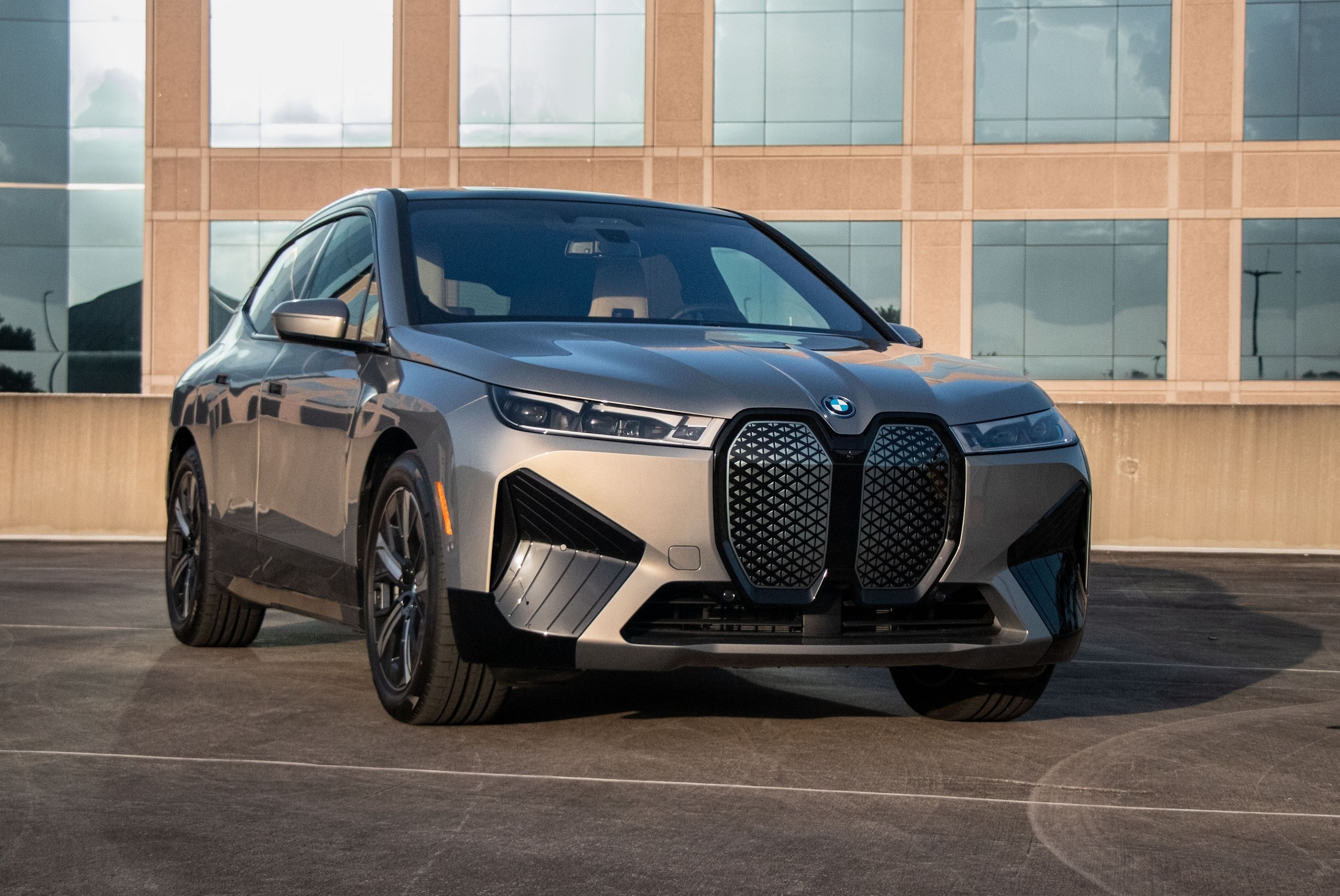
Thanks to a new design of ultra-thin solar panels, your BMW may soon have a new way to recharge its batteries. CarBuzz discovered a BMW patent at the German Patent and Trade Mark Office (DPMA) detailing a radical new method of placing solar panels on a car's outer glass panels, which promises improved generating efficiency and vastly reduced light intrusion into the vehicle.
The first application of this technology will likely be on one of the German company's high-end EVs, such as future BMW XM or BMW iX SUVs because their large interior volumes could use every bit of shade they could get.
Solar panels on cars aren't new, though. Beginning in the 1990s, many premium manufacturers experimented with using solar panels, usually mounted in the sunroof panel, to power their cars' ventilation systems, which is still available today. However, BMW's new patent is somewhat different because these new solar panels will cover the sunroof, the front and rear windscreens, and the side glass to generate much more electricity than the older systems could manage.
The secret lies in newly developed, extremely thin vapor-deposited solar modules applied directly on the glass. While such vapor-deposited thin-film solar modules have a very long service life, they are less efficient than traditional solid-pane photovoltaic (PV) cells at generating electricity. These solar modules also have the characteristic of being almost entirely transparent but not very effective when applied in a light coating but becoming more effective at harvesting energy and less transparent if used more densely.
With this in mind, the front windscreen will be covered with a very thin layer of solar modules in areas that denote the driver's line of sight to maintain up to 95% light transmittance but will be sprayed on much thicker around the windscreen's edge. The side windows, sunroof, and rear windscreen will be sprayed with thicker layers of solar modules, reducing light transmittance to between 50% and 80% and making the solar module coatings perform much more efficiently.
So will this new technique become a commercial success? Probably both yes and no. The first drawback is cost because sparkling new technology is seldom inexpensive. The second drawback is variations between different world markets because different countries have different rules regarding the light transmissibility of auto glass. This will mean that many markets will have to receive other specifications of solar module thickness, which will further add to the production cost. And don't forget about replacement glass, either - a replacement windscreen will be even more expensive than now.
However, as the technology develops and becomes more affordable, we can see this type of spray-on PV modules spreading to broader applications. And, because these PV modules aren't bound by the size or shape of their carrier surface, it is conceivable that even body panels such as the roof and hood may end up with such an electricity-generating coating in the future.
The technology just has to become affordable before this can happen.
